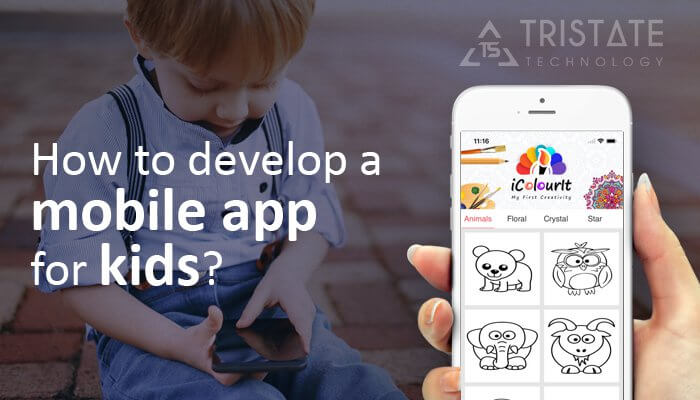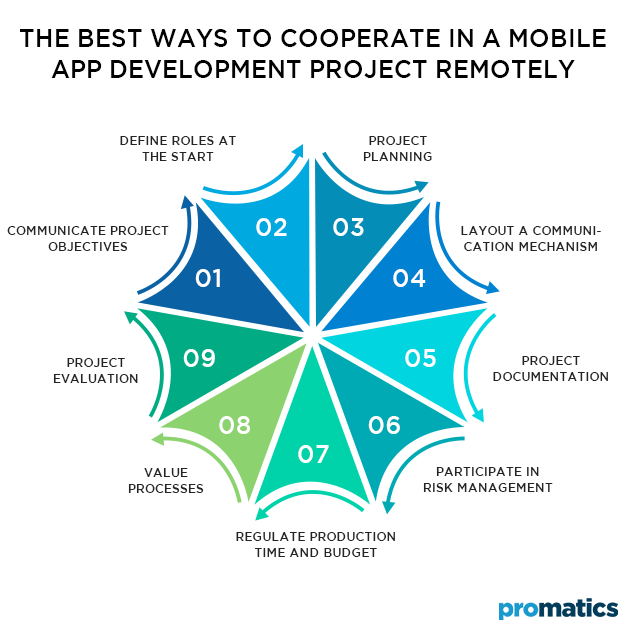In today’s digital age, mobile devices have become an integral part of children’s lives. From educational games to interactive storytelling apps, there is an abundance of mobile applications designed specifically for children. While these apps can provide entertainment and learning opportunities, they also raise important concerns about safety and privacy. In this blog post, we will delve into the world of mobile app development for children, exploring the challenges developers face and the measures that can be taken to ensure the safety and privacy of young users.
The Growing Market of Children’s Apps
Children’s apps have witnessed explosive growth in recent years. Parents and educators increasingly turn to digital tools to supplement traditional learning methods and entertain kids. With smartphones and tablets readily available, children are exposed to technology at an early age, making it crucial to provide them with age-appropriate and secure content.
Understanding the Unique Challenges
Developing mobile apps for children comes with its own set of challenges and responsibilities. Unlike adult users, children lack the ability to fully comprehend privacy risks and the consequences of sharing personal information. Developers must recognize and address these challenges to create a safe and enjoyable digital experience for young users.
Age-Appropriate Content: One of the primary considerations when developing children’s apps is ensuring that the content is age-appropriate. This means tailoring the app’s content and features to suit the developmental stage of the target age group.
In-App Purchases: Children are more susceptible to in-app purchases, which can lead to unintentional spending. Developers should implement safeguards, such as requiring parental consent for transactions, to prevent accidental purchases.
Advertising: Advertisements within children’s apps must be carefully curated to ensure they are not deceptive, inappropriate, or harmful. Limiting ads or offering ad-free versions of the app can enhance the user experience.
Data Collection: Collecting user data, even from children, is common practice in the tech industry. However, when dealing with young users, developers must adhere to strict privacy regulations, obtain parental consent, and clearly communicate their data collection practices.
Privacy Protection Measures
Ensuring the privacy of young users should be a top priority for developers. Here are some essential measures to safeguard children’s data:
Clear Privacy Policies: Apps must have easily accessible and understandable privacy policies that detail what data is collected, how it is used, and how long it is retained. Parents should have access to this information to make informed decisions.
Parental Controls: Implement robust parental control features that allow parents or guardians to monitor and control their child’s app usage, including setting time limits and approving or blocking content.
Limited Data Collection: Collect only the necessary data for app functionality and nothing more. Minimize the collection of personally identifiable information (PII) and ensure that data is encrypted and securely stored.
Parental Consent: Obtain explicit and verifiable parental consent before collecting any personal information from a child. This can be achieved through a multi-step verification process to confirm the identity of the parent or guardian.
Regular Audits and Compliance: Developers should regularly audit their apps for compliance with privacy regulations, such as the Children’s Online Privacy Protection Act (COPPA) in the United States, and make necessary updates to maintain compliance.
Educating Young Users
In addition to implementing privacy protection measures, developers should also take steps to educate young users about online safety and privacy. Here are some strategies to consider:
Interactive Tutorials: Create interactive tutorials or mini-games within the app that teach children about privacy and online safety in a fun and engaging way.
Age-Appropriate Messaging: Craft age-appropriate messages and notifications that gently remind children about the importance of privacy and responsible online behavior.
Digital Citizenship: Promote the concept of digital citizenship, teaching children to be responsible, respectful, and safe while using technology.
Parent-Child Engagement: Encourage parents and guardians to engage with their children while using the app. This can facilitate discussions about privacy and safety.
Collaboration with Child Safety Experts
Developers should consider collaborating with child safety experts and organizations that specialize in children’s online safety. These experts can provide valuable insights and guidance on creating apps that prioritize the well-being of young users.
Conclusion
Mobile app development for children is a rapidly growing industry with immense potential to educate and entertain young minds. However, with this potential comes a great responsibility to protect children’s safety and privacy. Developers must recognize the unique challenges of creating apps for children and implement robust privacy protection measures. By doing so, we can ensure that the digital experiences of our youngest users are not only enjoyable but also safe and secure. Together, we can create a positive and enriching digital environment for the next generation.






